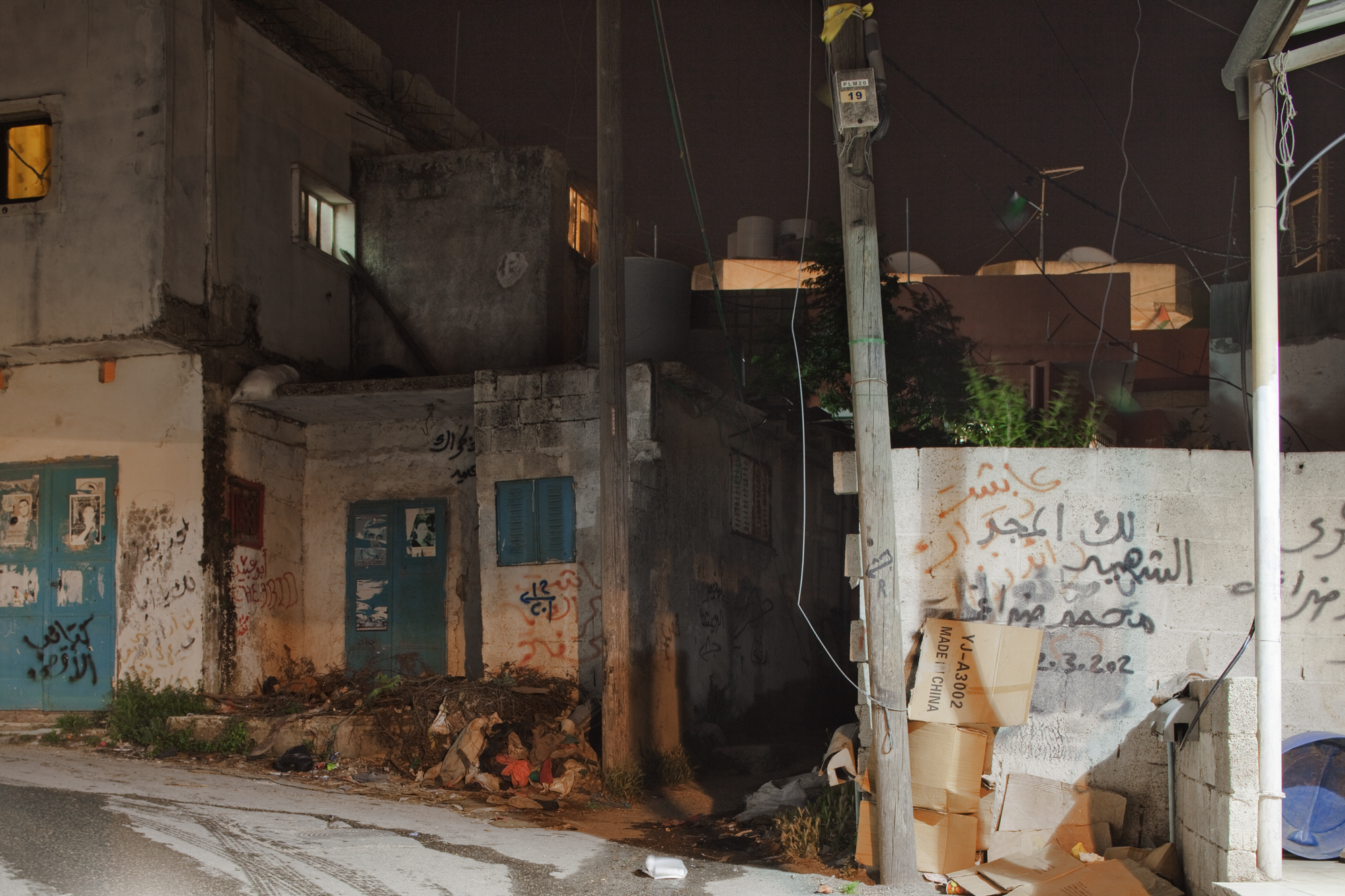In one area of Bethlehem (Al-Azza), for example, UNRWA began building shelters in 1958, meaning that the first ten years were lived in tents. During the 1950s and 1960s, the camp remained a single-story urban form, its monotony strongly reflecting the plan to return to the destroyed villages and the lack of economic resources for expansion.
Review of Shelter Policy 1960-1975, RE 410/2 (18.4.1964)
Qussay AbuAaker, Naba' Al Assi, Aysar Al Saifi, Murad Odeh, The Garden (Dheisheh: Campus in Camps, 2012), ➝.
Dheisheh Nomination Assembly (March 23, 2016).
Dheisheh Nomination Assembly (February 23, 2016).
Women have had a crucial role in improving living conditions in the camp and in Palestine in general.
Refugee Heritage is a project by DAAR, edited and published by e-flux architecture and produced with the support of Campus in Camps, the Foundation for Art Initiatives, the 5th Riwaq Biennale and the Decolonizing Architecture course at the Royal Institute of Art in Stockholm, Sweden.
